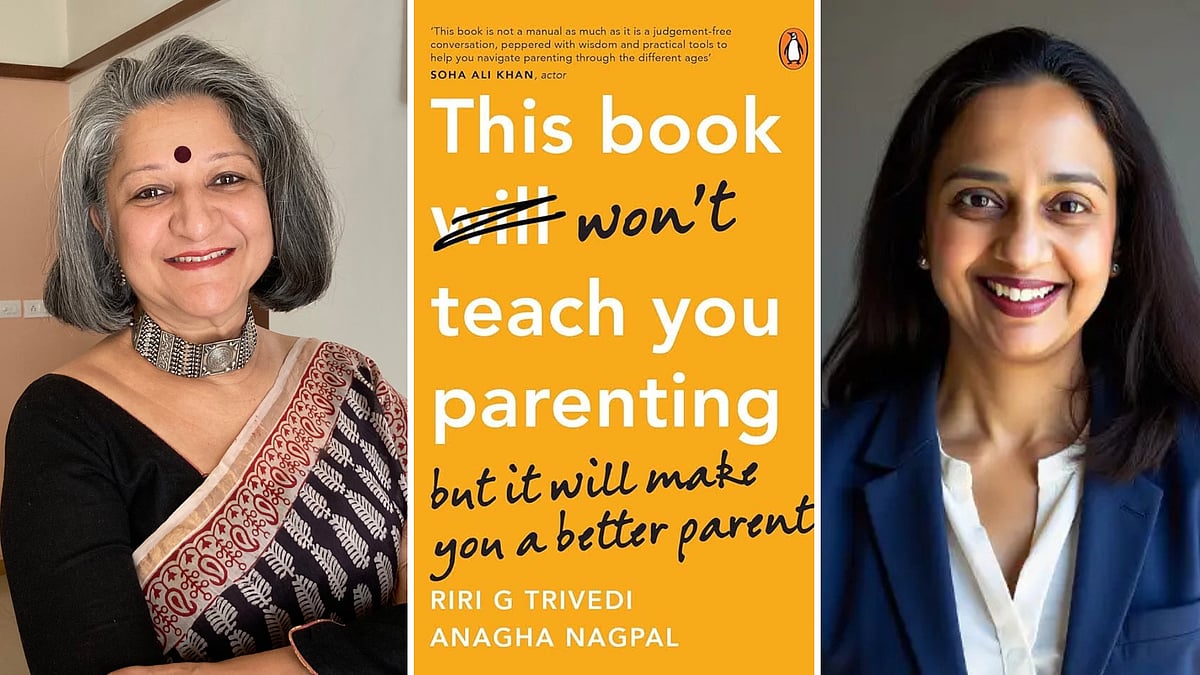Meghna Gulzar’s Raazi (Hindi, 2018) is a wonderful, soul-nourishing watch. The story of an Indian girl who marries a Pakistani army officer just before the 1971 War in order to spy on him and his family of senior army officers is a dramatized version of a true story. It is based on retired navy officer Harinder Sikka’s book Calling Sehmat. Its central point is that war has many casualties that nobody knows of. Sehmat Khan, the fictional name of the real character on which Sikka’s book is based, suffered deep psychological wounds as a result of her stay in Pakistan. She never fully recovered from them and died in April 2018 without seeing the film based on her life.
Raazi, which had just one star (Alia Bhatt), was one of the most profitable films of 2018. Badhaai Ho (Hindi), Bharat Ane Nenu (Telugu) were among the other big hits of the year. For four years until 2018, cinema audiences or ticket sales had been stagnant or falling. In 2018, just when OTT viewership shot through the roof, film ticket sales were a healthy 1.56 billion. Indian films continued their good run into 2019 with even bigger hits such as Saaho (Telugu), Uyare (Malayalam), War (Hindi). More tickets were being sold; good films were doing well. There couldn’t have been a more robust endorsement of all the changes Indian cinema has seen from 2008 onwards — technology, distribution, the coming of foreign studios, hyper-competition and the growth in multiplexes. It had adapted well and come out stronger—not just within India but also as a supplier of content to global brands such as Amazon Prime Video and Netflix. In 2019, when streaming video consumption continued to rise in double digits, box-office revenues continued to grow.

Life was good.
That is why 2020 and the pandemic came as a huge shock. More than two-thirds of the revenues of the film business were wiped out in 2020. From ₹191 billion in 2019, the world’s largest film producing industry now stands at ₹72 billion, thanks to the pandemic. Theatres, the first to shut down and the last to reopen, took the biggest hit. Ticket sales slumped to 400 million, almost one-fourth of the figure in 2019. Hundreds of thousands of daily wagers, who form part of the industry’s 700,000-strong work-force, lost their jobs. According to the FICCI–EY report, between 1,000 and 1,500 single screens have shut down. Multiplexes aren’t in great shape either. At the time of writing this in May 2021, India is reeling from the second wave of COVID. All hopes that the trickle of audiences into reopened theatres had brought are over. It won’t be a surprise if a couple of chains do shut down a la New Vision Theatres in the USA.
How on earth will Indian cinema ever come back from this point?
If your answer is that OTT or streaming video will rescue film, it is plain wrong. The first and most important brick needed to rebuild the Indian film business is theatrical revenues. The second is a well-financed studio system capable of producing dozens of large-budget spectacle films—not just the stuff that OTTs need. And the third, of course, is a pandemic-free country. Take the first. The importance of theatres to the cinema eco-system cannot be overemphasized. They bring in 60 per cent of ₹191 billion that Indian films earned in 2019. A film’s reception in theatres impacts the price of every other revenue stream—TV, OTT and overseas. For example, in 2019, TV broadcasters paid ₹22 billion for film rights, bringing in 12 per cent of the film industry’s revenues. This money resulted in estimated ad revenues of ₹77 billion for broadcast networks. These revenues would largely be lost if films are released straight on OTT.

A film never earns in one shot; it earns over a year, five years or even decades as in the case of Dilwale Dulhania Le Jayenge (DDLJ) or Sholay which continue to make money. It is part of an ecosystem that stretches across formats, geographies and audiences. Without theatres being fully revived, the whole ecosystem simply can’t function. As a format, OTTs brought in merely 10 per cent of film industry’s revenue. This might go up a bit more but it cannot substitute what a film makes through the entire release cycle from theatre, overseas, TV/OTT and so on. The year 2020 is a case in point—digital revenues almost doubled, yet the business is down by over 60 per cent.
In any case, ‘Movies and OTT tell two different stories—one is over 3 hours and the other over 5–10 hours. It is impossible to tell the story of Scam 1992 in 2 hours. These are two different and robust businesses. Look at it in continuum—free-to-air TV, OTT, pay TV, film—all will have robust growth’, foresees Danish Khan, business head, Sony Entertainment Television, Sony LIV and Studio Next, Sony Pictures Networks. What changes is the windowing or the gap between release in theatres, TV and OTT. Vijay Subramaniam, director and head of content, Amazon Prime Video, points to some of the big changes Indian cinema has been seeing—primary among them is ambition. ‘Baahubali did that. It is about pushing past a glass ceiling, about how big a production I could attempt. War, Tanhaji, KGF, Adipurush, Lucifer, that drumbeat is increasing, getting stronger.’ What is more, ‘The standard of writing is going up. Earlier it was about star power coupled with writing. Also, the diversity of voices is increasing, the number of creators coming through, pushing the envelope’, says he. Much of this is evident in the quality of film-making in India which has seen a sea change. ‘Cinema is a community experience, but customers are very selective. They demand the big screen, spectacle cinema’, says Subramaniam.
Title: The Indian Media Business: Pandemic and After, Fifth Edition
Author: Vanita Kohli-Khandekar
Publisher: Sage Response (2021)
Pages: 332; Price: Rs 695 (9789354790904)/Paperback
(Excerpted with permission from SAGE Publications India from the book The Indian Media Business - 5th edition, by Vanita Kohli-Khandekar.)










